Hammer Museum director Ann Philbin announced last Thursday that “the ambitious multi-year project to renovate, expand, and transform the institution has taken a major step forward with the public launch of a $180 million capital campaign. The announcement coincides with a lead gift of $30 million from L.A. philanthropists Lynda Resnick and Stewart Resnick—the largest in the museum’s history. In recognition of this generous gift, the Hammer’s building will be dedicated as the Lynda and Stewart Resnick Cultural Center…
“The transformation project is helmed by renowned architect Michael Maltzan, a longtime partner in enhancing the museum’s facility. Starting with the renovation of the museum’s exhibition galleries in 2017, the current project will continue in phases through 2020, culminating with a dramatic new presence for the museum on Wilshire Boulevard. The museum will remain free and open to the public throughout construction.”
Full press release: hammer.ucla.edu/Museum_Transformation/announcement
The redesign will pivot the main pedestrian entrance stairway from Wilshire to Westwood Boulevard. Image courtesy of Michael Maltzan Architecture.
|

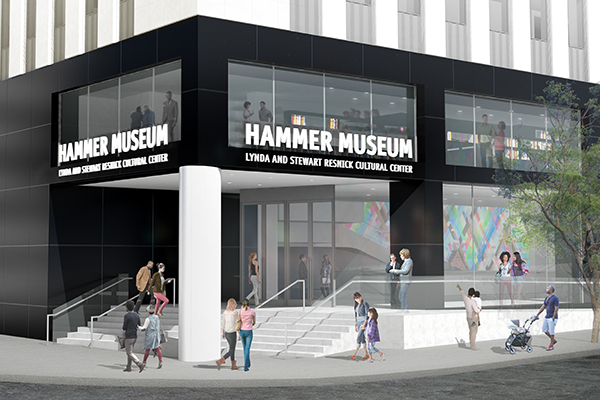


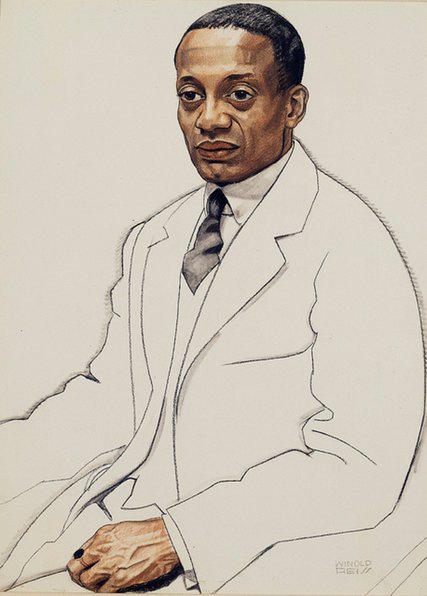


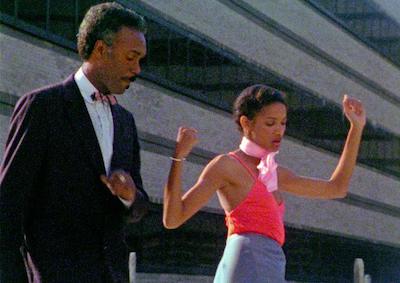


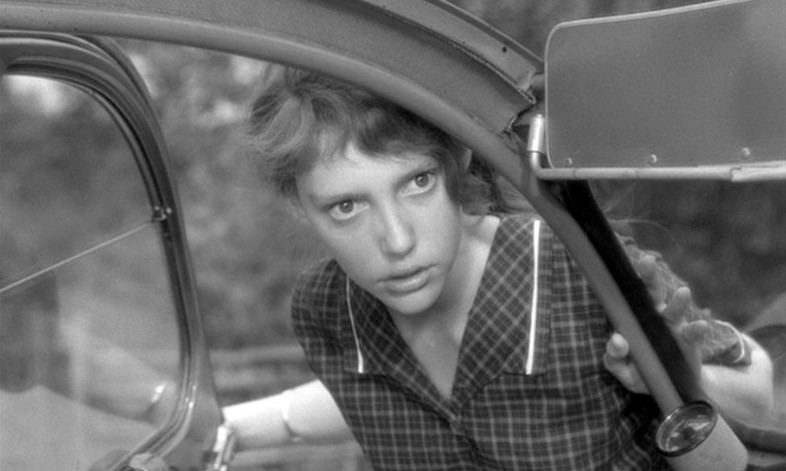


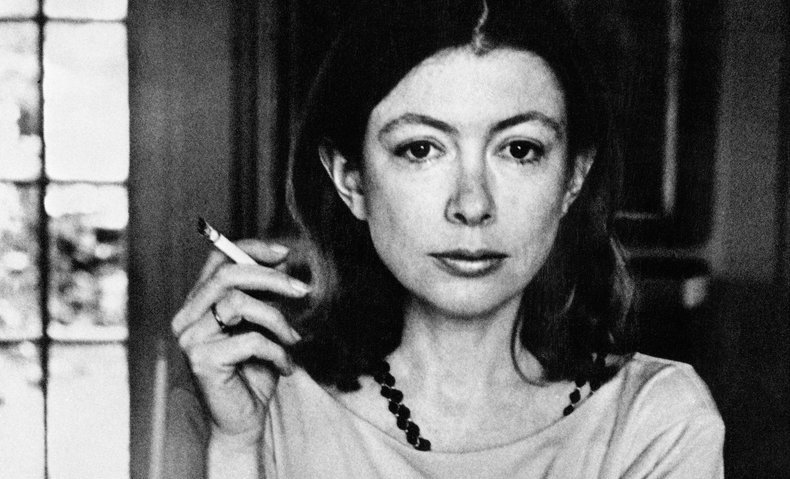
/cdn.vox-cdn.com/uploads/chorus_image/image/57321919/6044_M_JW_Didion_1720_frame_22.0.jpeg)
